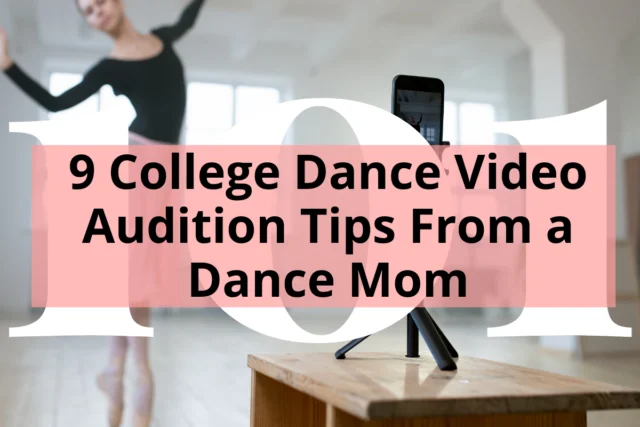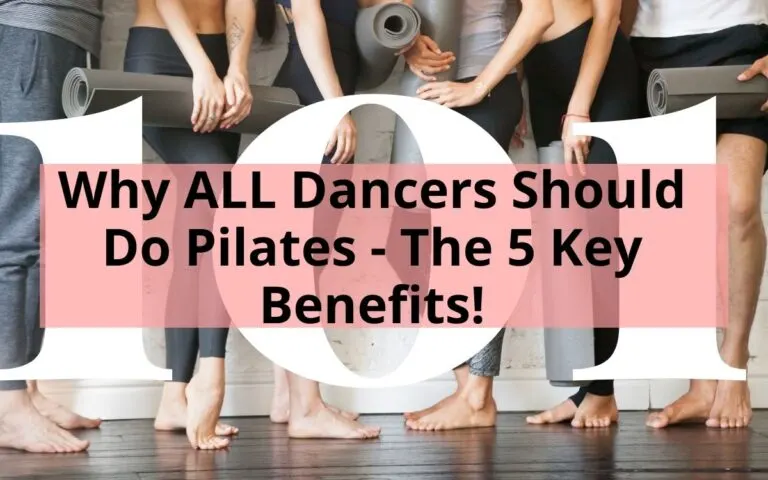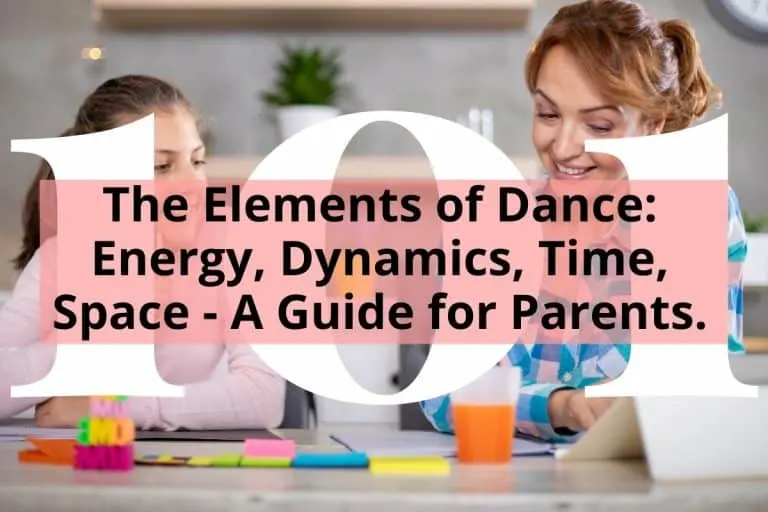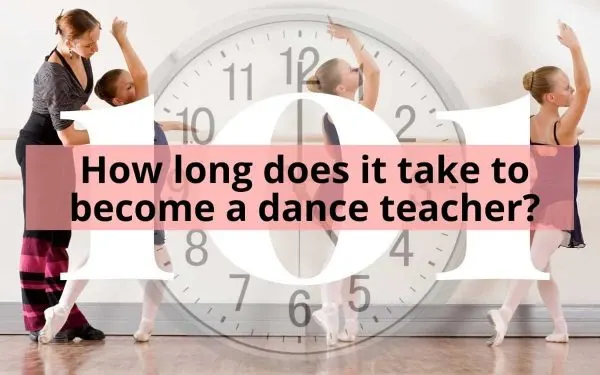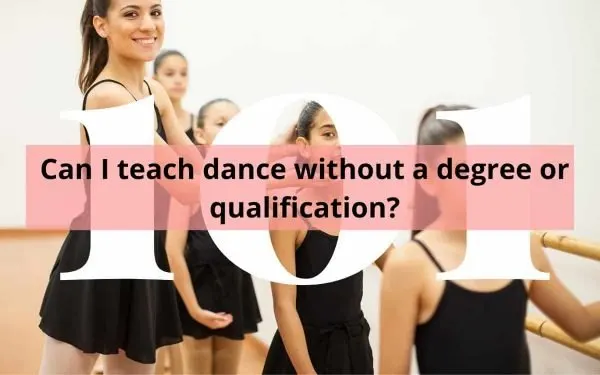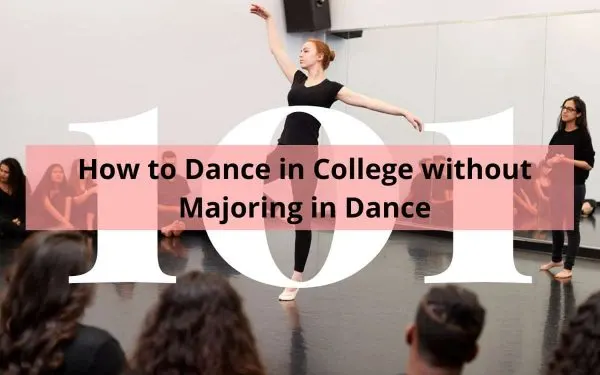By Samantha Bellerose, B.Ed, Dip.Dance (Performing Arts)
So your child doesn’t meet the insanely difficult requirements that need to be met physically to become a prima ballerina….but they L.O.V.E. ballet.
They think about ballet, they dream about ballet, ballet is their life…..and among other things, you are worried they are going to pass up on higher education in pursuit of their passion…

So what do you do? Well, the first thing is to become educated about what having a ballet body actually means and where the stereotypes come from.
A short history explaining why we have a stereotypical Ballet Body!

Why Ballerinas are usually short???
In the 1700s the first popular female ballerina, Marie Camargo was 165cm or 5’5. She was notably shorter than her male counterparts on stage and because of her exceptional talent and for aesthetic reasons the ballet company did not hire female ballet dancers taller than her. And so began the ‘short ballerina’ trend that stayed with the art form for centuries.
So that kind of explains the height thing and you can read more about the height debate here…. but what about body shape?
Why we think thin when we think Ballerina…
If you compare the trend in societal body shapes, you might notice that the ballet body has not been far off the mark of what was fashionable at that time.
In the past females carrying extra ‘flesh’ and looking soft and plump was a way of showing you had money because you had access to plentiful food sources. Men as well went through periods when it was more fashionable to look feminine as this was a sign that you were not a peasant or part of the working class.
Ballet is a physical art form needing the dancer to be fit, but let’s just say there were fewer eating disorders if any amongst dancers of those times.
However as time, technology and fashion progressed so did the accepted body of the ballerina (by accepted I mean the body type accepted by major dance companies – those employing and paying the dancers).
Fast forward to 1966 and Twiggy the thin androgynous model is one of the most famous faces and bodies in the world marking a time when soft and plump are no longer the status symbol they once were.
During this decade the prolific Balanchine was one choreographer who had a tendency to create his ballets around svelte and wisp-like ballerinas. Although it should be noted that he also created many roles for the taller dancers breaking the height barrier in doing so.
And jumping ahead again by 2009 the ideal ballerina body was being described as ideally having ‘a small head, long neck, long arms, long legs, slender figure‘ (Altynay Asylmuratova in 2009, the then Artistic Director of the Vaganova Ballet Academy in the documentary “Ballerina”).
Ballet and Dance Career Killers????
Your child if female might have a noticeable booty, or has inherited their grandmother’s voluptuous cleavage or heaven forbid they grow taller than the male dancers that have to carry them around in a pas de deux.
And for the boys, it can be a career killer if they are shorter than their female counterparts. (One of the reasons Baryshnikov a famous Russian male ballet dancer defected to Canada before joining the American Ballet Theatre was because he was 5’6 (168cm) and didn’t tower over the ballerinas when they were en pointe and wasn’t offered the roles he thought he deserved as a dancer.)
It gets even harder if your child is insanely talented and has a chance at making a career out of dance.
And then there is this….
They are determining the end of a promising career at the age of 13 (she started at 13, but auditioned and received this letter that is being read out after auditioning for summer intensives at the age of 15) dependent on the length of her Achilles heels amongst other things!
Seriously???
It is hard to imagine what we might have done as a 15-year-old receiving a letter like that. Would our parents have known how to support us?
Luckily for Misty her ballet teacher, Cindy, gave her the permission to believe that she was good enough to continue. Cindy explained that the Ballet world had just not seen enough African American dancers within its top realms to understand how to categorize her and her exceptional talent. Cindy told Misty like she had since she had met her that ‘God had made her to dance’.
Misty says in an interview with Guideposts that
‘Ballerinas are judged on the way they look. Especially in the corps, which in classical ballet is supposed to have a uniform look. Being different can be considered distracting to the audience and to the overall artistic vision, something casting directors keep in mind when selecting ballerinas for roles that can make a dancer’s career.’
And the undeniable truth is that to become a ballet dancer you need to be able to perform the repertoire of a ballerina. You need to be able to explode in your leaps, you need to look as weightless as a feather in the wind and you need to be able to be carried by your partner in a pas de deux. Ballet is supposed to look effortless regardless of the hard work put into it. Therefore like any athlete on this earth competing at the highest levels, a person who wishes to pursue a career in ballet needs to be at their physical best 100% of the time to enable them to perform at this elite level.
So what is the ideal ballet body today?
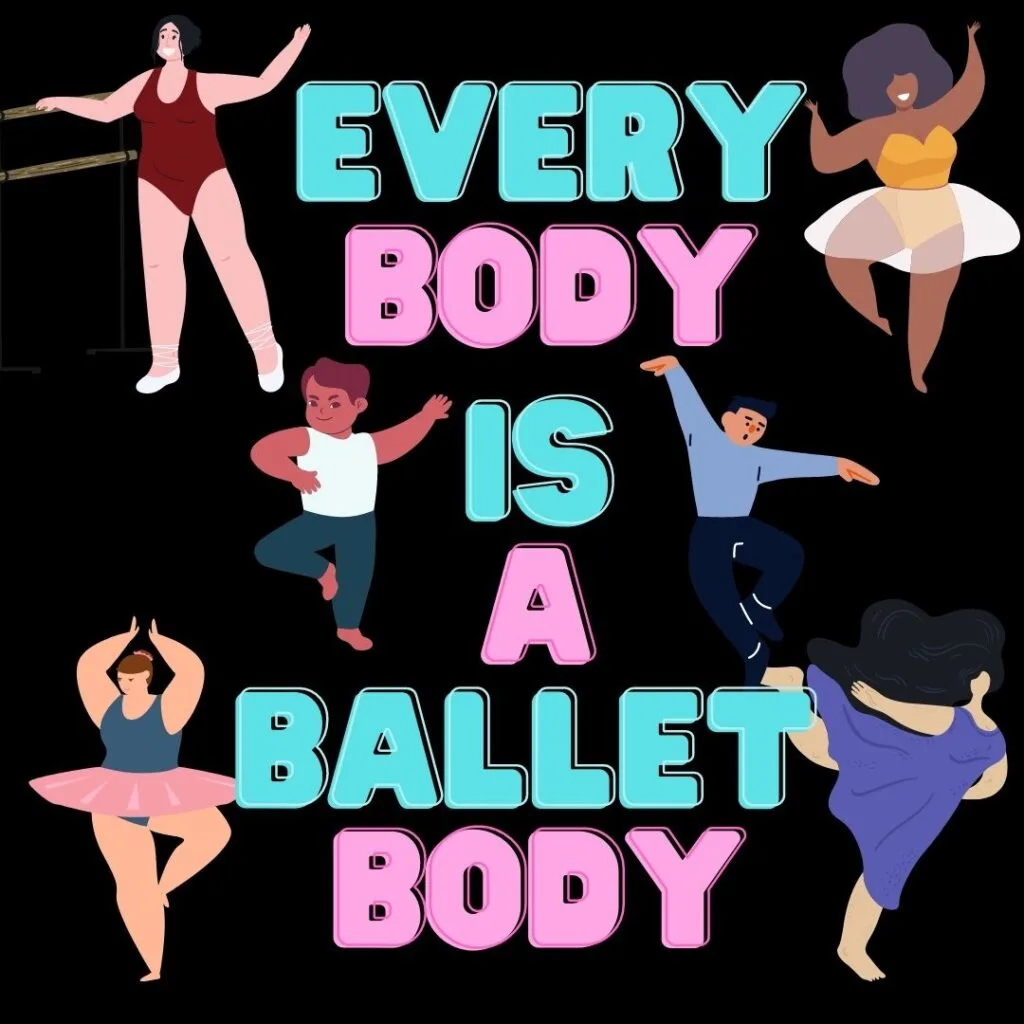
I think one of the most eloquently written descriptions of what a ‘ballet body’ today should be, was written by Brian Nolan (GRD DIP, GRD CRT, BA, DIP, RAD TC) a man I had the pleasure of learning from and also teaching (jazz & tap classes) for many years ago. In the popular dance magazine ‘Dance Informa‘ he writes:
‘Most experts concur that your body’s proportions are critical to having the ideal physique for dance. Apart from the aesthetic consideration, a well-proportioned body should endure the stresses and strains of the workload required of it with greater ease than one in which there is some contradiction.’
So basically the body needs to be able to perform the steps with ease and so every body that is masterfully trained can be a ballet body!
So What Now?
Do I encourage my child or crush their dreams right now?
Well in the beginning before we even get to our kid we need to deal with OUR own fears for our child. We have created stories and fears in our own minds that haven’t even happened yet.
We might be pessimistic, doubtful or just plain worried and therefore project our own thoughts and stories which can sometimes be unfounded onto our children. I am not going to lie and tell you the dance world is all roses because the truth of the matter is that most dancers regardless of body shape will face innumerable rejections from both prospective schools and employers during their careers.
And being rejected is hard! Being rejected over and over again is even harder! And we have all experienced it whether it was not getting school leader or captain, a job we went for, or being dumped in a relationship. We have all felt the crushing emotions of not being wanted and we want to protect our kids from them.
But the fact of the matter is that we can’t.
We are all human and feeling all emotions is what connects us as part of the human family. What we can do is first deal with our own insecurities regarding our own bodies and our own stories of rejection.
Once we have a handle on those we are able to guide our children on their own journeys without projecting our pasts onto their futures. We are able to build grit and resilience in our children to help them deal with anything that comes at them.
So in saying all this what do we tell our too tall, too short, big busted, big butted or overweight child or teen?
We can tell them that if dance is what they want to do then it doesn’t matter what they look like or what other people say or think. If they love to dance then they should dance. We need to think with abundance. LOL get it A BUN DANCE? No?

Ok so dance jokes aside, when we think with abundance we know that there is something out there for everyone.
That there will be enough for everyone and it is not a fight and battle to get those ten places available at a dance company or school because if we aren’t chosen there are other opportunities and if we aren’t given more opportunities then we have to make them ourselves.
Your child may not end up in a prestigious ballet company, but what I know and what many others know as we enter into an unknown future is that just like some of the major ballet companies weren’t ready for Misty when she was 15, and just like Balanchine began using taller dancers in the 60’s who is to say there isn’t going to be a company open to employing your child in the future based on their talents?
We have the power to make a change!!!
And this is where it gets really interesting because even today there are several dance companies who are looking for talented dancers of all different shapes and sizes – and why? Because variety is the spice of life. In the age of technology where attention spans seem to be getting shorter and shorter, choreographers need a variety of dancers to be able to recreate old and develop new and noteworthy works.
We the general public who buys the tickets and go and watch the ballet and other performances want more options for our entertainment and viewing pleasure. And to stay current and on trend and to keep seats filled in theatres who knows who we will be seeing on stage in the next ten, twenty or thirty years.





